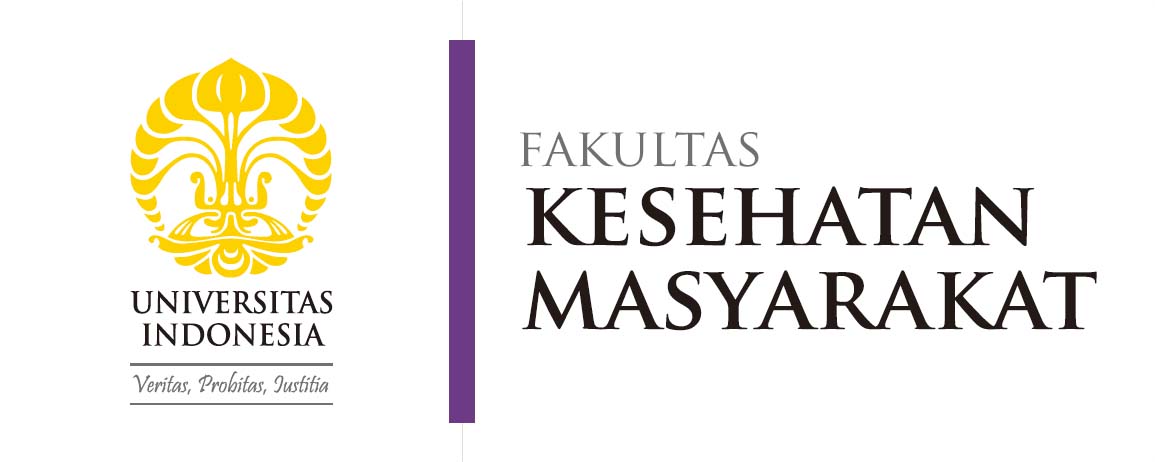
Anemia in pregnant women as a public health problem and a contributor to maternal mortality in Indonesia is an important concern for the government. Moreover, with the high population and vast territory of Indonesia consisting of hundreds of districts/cities, this has resulted in regional disparities. Indonesia’s geographical limitations mean that human development indicators, especially health indicators, cannot be implemented well in all regions. Data from Basic Health Research (Riskesdas) 2013 and Riskesdas 2018 show that the prevalence of anemia has not decreased but tends to increase.
Riskesdas 2018 reported that every pregnant woman who underwent Ante Natal Care (ANC) at a health facility received the Blood Supplement Tablet (TTD) program (73.2%) and received an additional program, namely Additional Food Provision (PMT) (89.7%) if indicated anemia. The program for implementing contact at least 4 times during pregnancy (K4) in Indonesia has reached 74.1%, however, the number of people indicated to be anemic has increased to 48.9%. This is supported by the different proportions of anemia in pregnant women in each province. There is a gap between provinces in the western and eastern parts of Indonesia and provinces on the islands of Java and Bali (central), which illustrates the imbalance between policy and policy implementation.
Based on this background, Theresia Natalia Seimahuira conducted research which aimed to group districts/cities in Indonesia according to the determinants of anemia in pregnant women and look at inequality and see a picture of program needs in each region. This research became a dissertation entitled “Regency/City Clustering in Indonesia Based on Determinants of Anemia in Pregnant Women: Data Analysis of 2018 Riskesdas, 2018 Susenas, and 2019 Rifaskes” which was defended in the open session for the promotion of a doctorate in Public Health (IKM) at the Faculty of Public Health (FPH) Universitas Indonesia (UI) on Monday, January 15, 2024.

This research was conducted quantitatively with a cross sectional design using data from the 2018 Riskesdas and the 2018 National Socio-Economic Survey (Susenas) and the 2019 Facility-based National Health Research (Rifaskes). The sample in this study was pregnant women who had hemoglobin (Hb) checked during ANC. Data sets created at the individual level based on risk factors for anemia are used to analyze the determinants of anemia in pregnant women and data sets at the district/city level are used for grouping analysis (cluster analysis) using a hierarchical method. The next analysis to see the inequality that occurs in Indonesia uses a simple HEAT (Health Equity Assessment Toolkit) Plus analysis developed by the World Health Organization (WHO).
Theresia’s research results found that not all pregnant women in Indonesia had complete ANC. Determinants of anemia in pregnant women include gestational age (underlying factor), hygienic behavior, handling household kitchen waste, unsuitable drinking water (underlying factor), history of ARI and history of heart disease (direct factor), blood supplement tablets (TTD) ( underlying factors), and when combined with the 2019 Rifaskes data there are variables of residence in rural areas (basic factor), anemia rates, and the number of health workers on duty at regional health facilities (health facilities). Based on these determinants, a history of heart disease is the determinant that has the greatest relationship and influence on the incidence of anemia in pregnant women.
The results of grouping districts/cities based on the determinants of anemia in pregnant women produce 3 clusters/groups in districts/cities which on average have similarities in the form of quite high occupancy rates for pregnant women in rural areas, handling of household kitchen waste that has not been managed properly, and gestational age. mothers in the 1st trimester are quite at risk. This regional grouping cannot be separated from the issue of inequality, namely the areas of residence, socio-economic and education which show quite high levels of inequality.
The program priorities in clusters 1, 2, and 3 are how rural communities understand and understand ANC programs carried out at regional health centers, carry out environmental health education programs and clean and healthy lifestyles (PHBS), as well as ANC programs that target disease history. that pregnant women have, especially respiratory and cardiovascular diseases.
The grouping of districts/cities in Indonesia based on the determinants of anemia in pregnant women can guide the central and regional governments in prioritizing programs to control anemia in pregnant women. Increasing the anemia prevention program is something that needs to be considered, one of which is by paying more attention to and coordinating the mandatory integrated ANC program for all pregnant women in Indonesia by mobilizing regional hospitals, community health centers, independent practice midwives, and health facilities in the regions.

At the end of the session, the chairman of the session delivered the decision that Theresia Natalia Seimahuira, who was born on December 1, 1981, in Ambon, was declared to have passed and succeeded in obtaining a doctorate in the field of Public Health (IKM) as the 12th IKM doctoral graduate in 2024, the 12th IKM doctoral graduate -308, and 394th doctoral graduate at FPH UI.
The session was chaired by Prof. Dr. Besral, S.K.M., M.Sc., as Chair of the Session, with Promoter Prof. Dr. Dr. Sabarinah Prasetyo, M.Sc., and Co-Promoter dr. Agustin Kusamayati, M.Sc., Ph.D., and Dr. Ir. Asih Setiarini, M.Sc. The examining team in the trial was Dr. Dr. Helda, M. Kes.; Dr. Dr. Teti Tejayanti, M.K.M.; Prof. Dr. Dede Anwar Musadad, S.K.M, M.Kes.; Dr. Dr. Trihono, M.Sc.; and Drg. Christiana Rialine Titaley, MIPH., Ph.D. (ITM)

